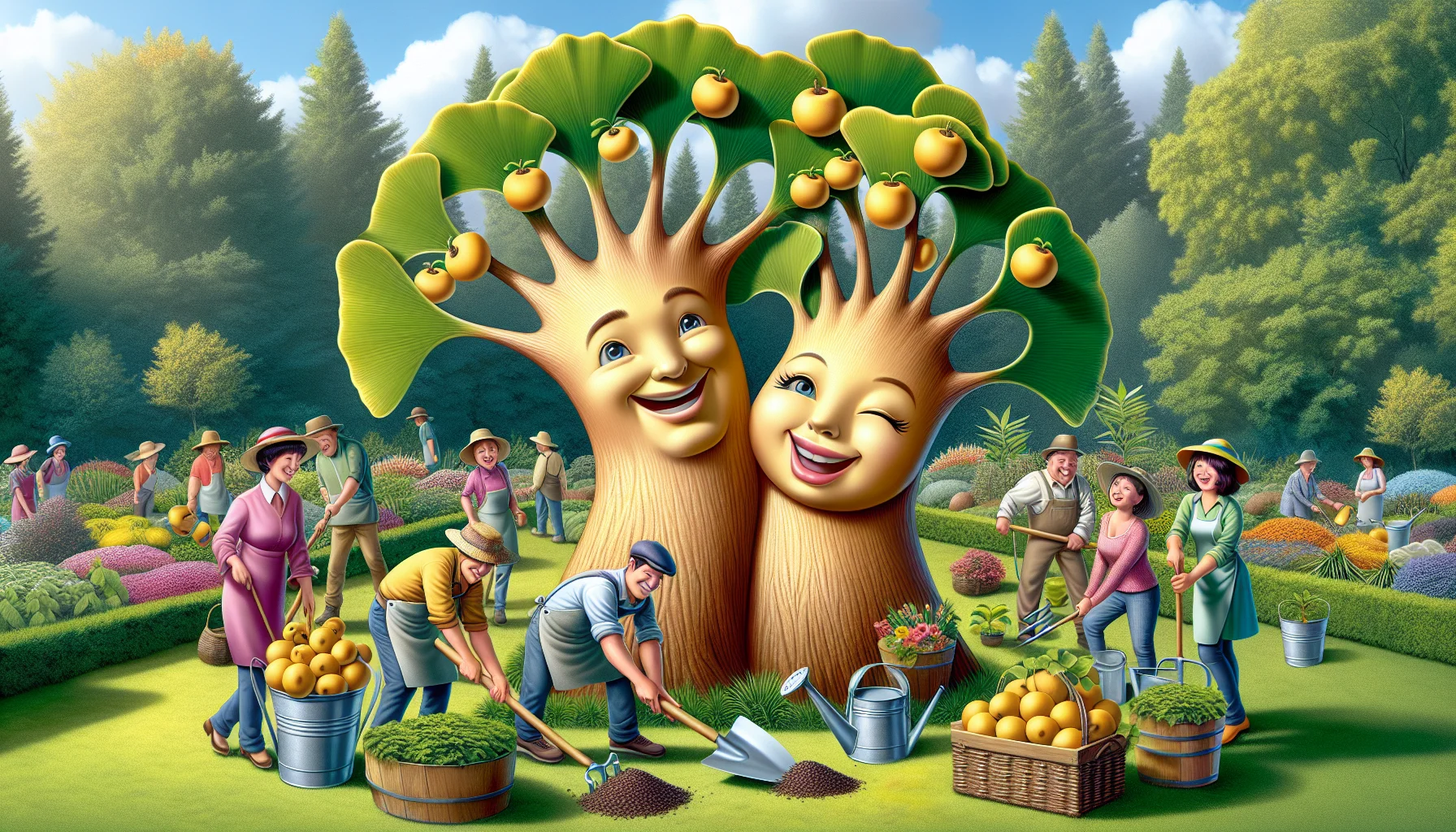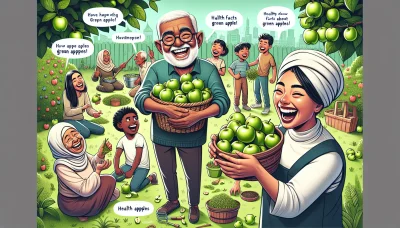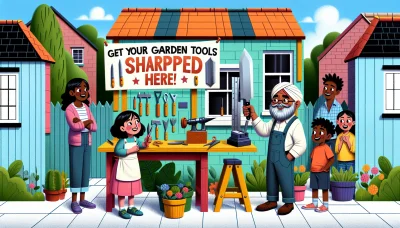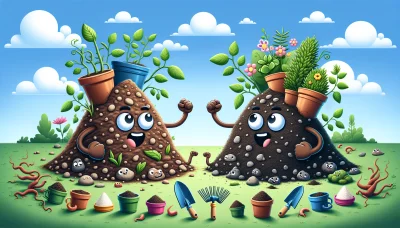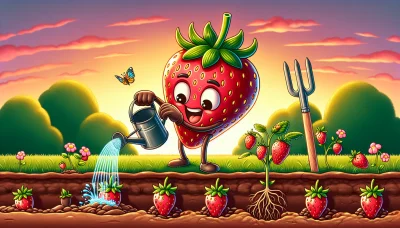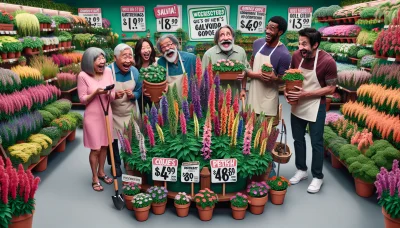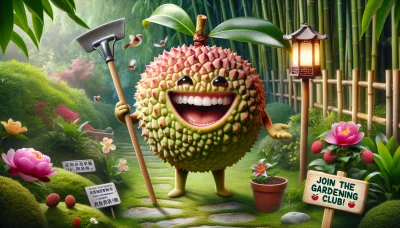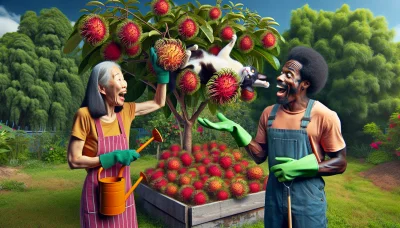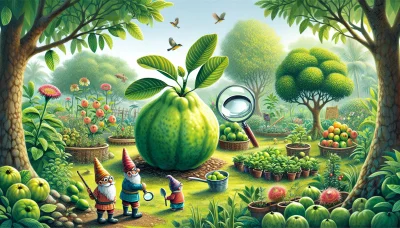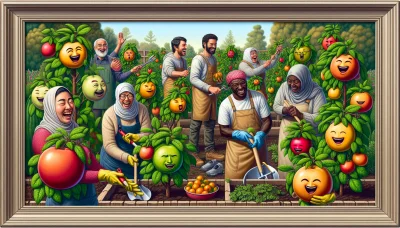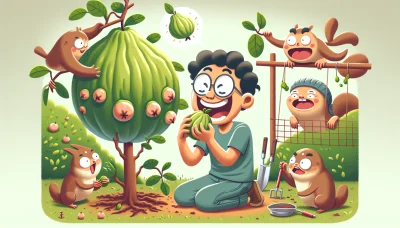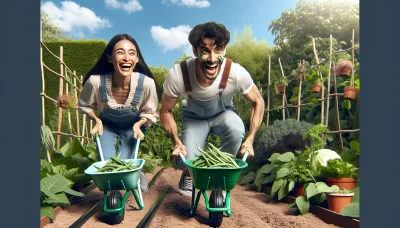Ginkgo tree male vs female Quiz
Test Your Knowledge
Question of
Understanding Ginkgo Trees: Male vs Female
The Ginkgo tree, a living fossil that has adorned our planet for millions of years, presents a unique dichotomy in the plant kingdom with its distinct male and female specimens. This difference is particularly noteworthy for gardeners and landscapers, as it directly impacts the aesthetic and maintenance aspects of gardening with these ancient trees. Male ginkgo trees are often more sought after for urban planting due to their lack of fruit, which, in female trees, can produce a somewhat unpleasant smell when it falls and decomposes. Conversely, female trees, if the fruit is promptly removed, can be just as magnificent and offer the added benefit of bright yellow foliage in the fall, similar to their male counterparts. Understanding the sexual dimorphism of ginkgo trees is crucial for anyone looking to incorporate these historic trees into their green spaces, ensuring that their gardening choices align with their maintenance preferences and aesthetic desires.
The History of Ginkgo Trees
The Ginkgo tree, also known as Ginkgo biloba, is one of the oldest living tree species, with fossils dating back over 270 million years. Originating in China, these trees have been revered throughout history for their beauty and medicinal properties. Ginkgos are often referred to as "living fossils" because they have remained unchanged for millions of years, surviving events that led to the extinction of many other species. Their resilience is unmatched; ginkgo trees can live for thousands of years, with some specimens in China believed to be over 2,500 years old. This longevity, combined with their unique fan-shaped leaves and ability to withstand modern pollution, makes ginkgo trees a symbol of endurance and vitality. Throughout history, they have been planted in sacred temple gardens and were even used as a symbol of peace and hope in the aftermath of significant events, showcasing their enduring significance in both natural and human history.
Identifying Male and Female Ginkgo Trees
- Leaf Shape: Both male and female ginkgo trees have fan-shaped leaves, making leaf shape not a reliable indicator of gender.
- Growth Habits: Male ginkgo trees tend to grow more upright, while female trees have a broader, more spreading canopy.
-
Reproductive Processes:
- Male trees produce small, pollen-producing cones in the spring.
- Female trees do not produce cones but instead grow small, plum-like seeds after being pollinated. These seeds have a fleshy outer layer that, when decomposed, emits an unpleasant smell.
Why Choose Male Ginkgo Trees for Urban Landscaping?
Male ginkgo trees are often preferred by gardeners and urban planners for several compelling reasons, particularly when it comes to the aspect of fruit production and maintenance. Unlike their female counterparts, male ginkgo trees do not produce fruit. This is a significant advantage in urban settings where the cleanup of fruit from female trees can be labor-intensive and costly. The fruit of the female ginkgo tree, while historically significant for various uses, emits a strong, unpleasant odor when it falls and begins to decompose on sidewalks, streets, and lawns. This can create slip hazards for pedestrians and an unwelcome mess in public and private landscapes. By selecting male ginkgo trees, urban planners can still enjoy the aesthetic and environmental benefits these trees offer, such as shade, air purification, and visual appeal, without the drawbacks associated with fruit cleanup and maintenance. This choice supports a cleaner, safer, and more pleasant urban environment.
Caring for Ginkgo Trees
- Choosing a Location: Select a spot with full sun to partial shade and well-draining soil. Ginkgo trees are adaptable to many soil types but prefer sandy soils.
- Planting: Plant ginkgo trees in the spring or fall. Dig a hole as deep and twice as wide as the root ball. Place the tree in the hole, backfill with soil, and water thoroughly.
- Watering: Young trees need regular watering to establish roots, especially during dry spells. Once established, ginkgo trees are quite drought tolerant.
- Mulching: Apply mulch around the base of the tree to retain moisture, regulate soil temperature, and reduce weed competition. Keep mulch a few inches away from the trunk to prevent rot.
- Fertilizing: Ginkgo trees generally do not require much fertilization. If necessary, apply a balanced fertilizer in the spring to support growth.
- Pruning: Prune ginkgo trees in the winter or early spring to remove dead or damaged branches and to shape the tree. Avoid heavy pruning as ginkgo trees heal slowly.
- Dealing with Pests: Ginkgo trees are remarkably resistant to pests and diseases. Regularly inspect your tree and maintain proper care to keep it healthy.
- Male vs. Female Trees: Male ginkgo trees are often preferred for urban planting because female trees produce fruit with an unpleasant smell. If you do not want fruit, choose a male cultivar.
- Patience with Growth: Ginkgo trees grow slowly but are long-lived and can become very large. Plant in a location that accommodates future growth.
The Ecological Benefits of Ginkgo Trees
Ginkgo trees, known scientifically as Ginkgo biloba, are not only living fossils that have remained virtually unchanged for over 200 million years, but they also offer a plethora of ecological benefits that contribute significantly to their environments. One of the key advantages of ginkgo trees is their contribution to biodiversity. These trees provide habitat and food for a variety of bird species and insects, particularly when their seeds ripen and drop. Beyond their role in supporting wildlife, ginkgo trees are exceptional at air purification. They have the ability to absorb pollutants, including carbon dioxide, sulfur dioxide, and nitrogen dioxide, making them invaluable assets in urban areas where air quality can be a significant concern. Moreover, ginkgo trees enhance urban green spaces by offering shade and reducing the urban heat island effect, thereby improving the overall quality of life in cities. It's interesting to note the difference in benefits provided by male and female ginkgo trees. Female trees produce seeds that, when they drop and start to decompose, can emit an unpleasant odor, which makes male trees a more popular choice for urban planting. Despite this, both sexes contribute equally to air purification and biodiversity, underscoring the importance of these ancient trees in modern ecological conservation and urban planning.
Conclusion: The Future of Ginkgo Trees in Gardening
Understanding the differences between male and female ginkgo trees is crucial for gardeners and urban planners alike, as it informs decisions that can impact the aesthetic, maintenance, and ecological balance of gardens and urban landscapes. Male trees, known for not producing the malodorous fruits associated with female trees, are often preferred in urban settings. However, the incorporation of ginkgo trees, with their resilient and pollution-tolerant nature, offers more than just practical benefits. These ancient trees, with their unique fan-shaped leaves and remarkable fall color, provide unmatched aesthetic value and a living link to the past. As we look to the future, the potential of ginkgo trees in modern landscapes is immense, promising to enhance urban green spaces and contribute to biodiversity, while also offering a serene beauty that enriches our connection to the natural world.
